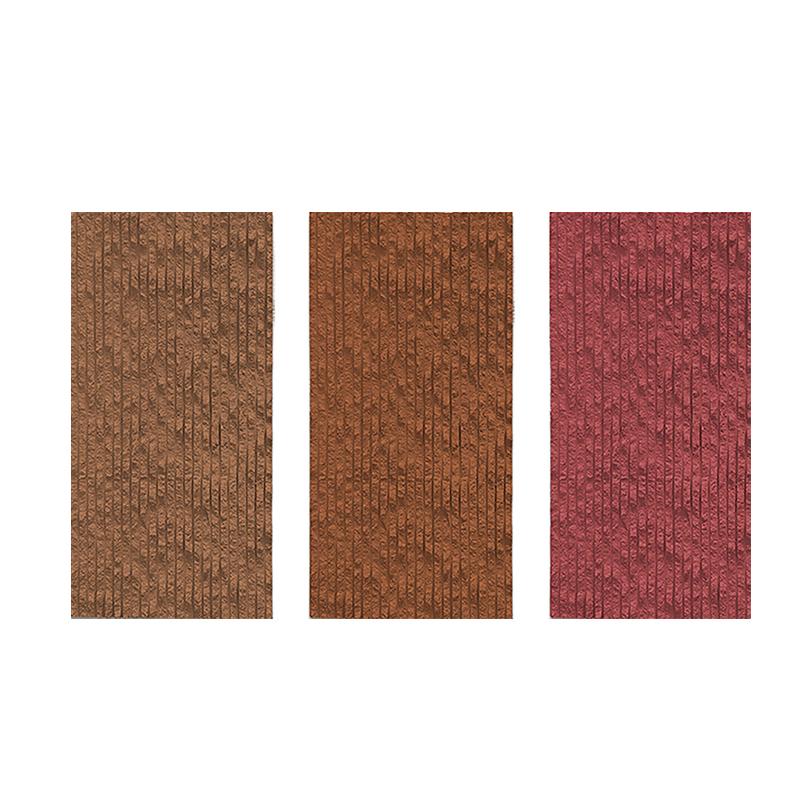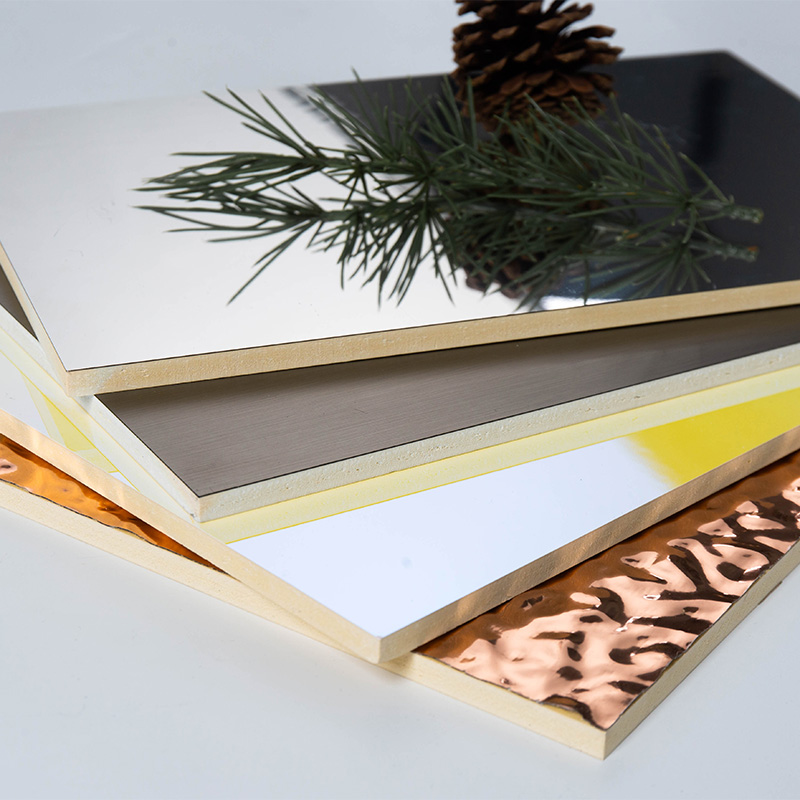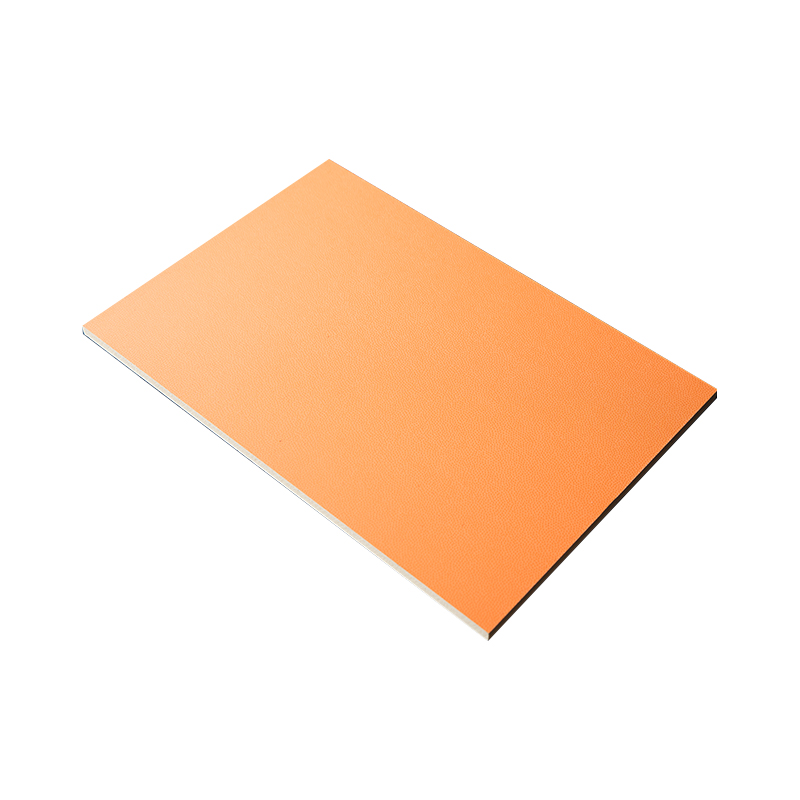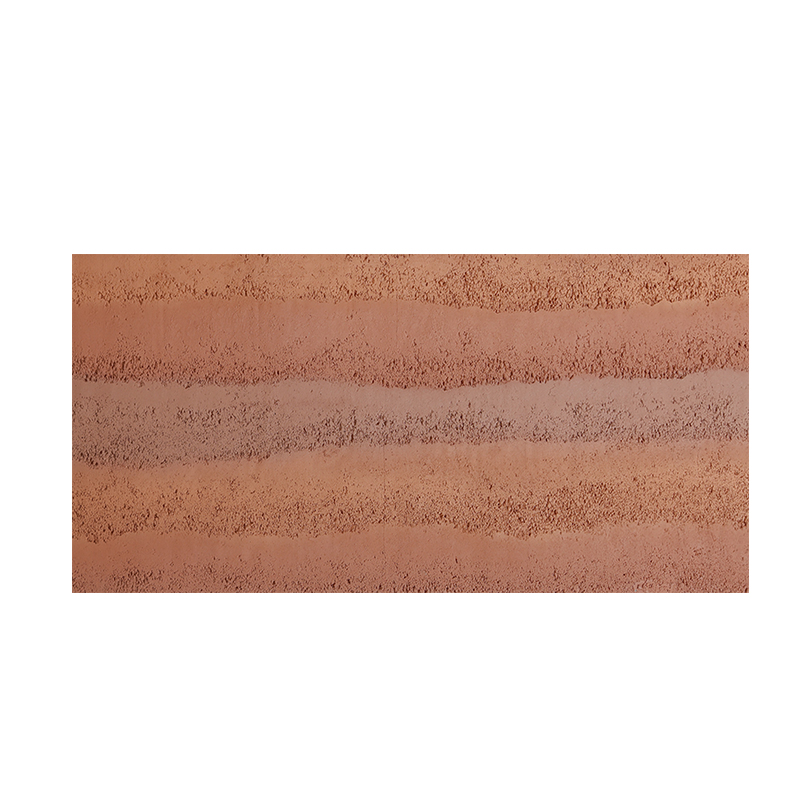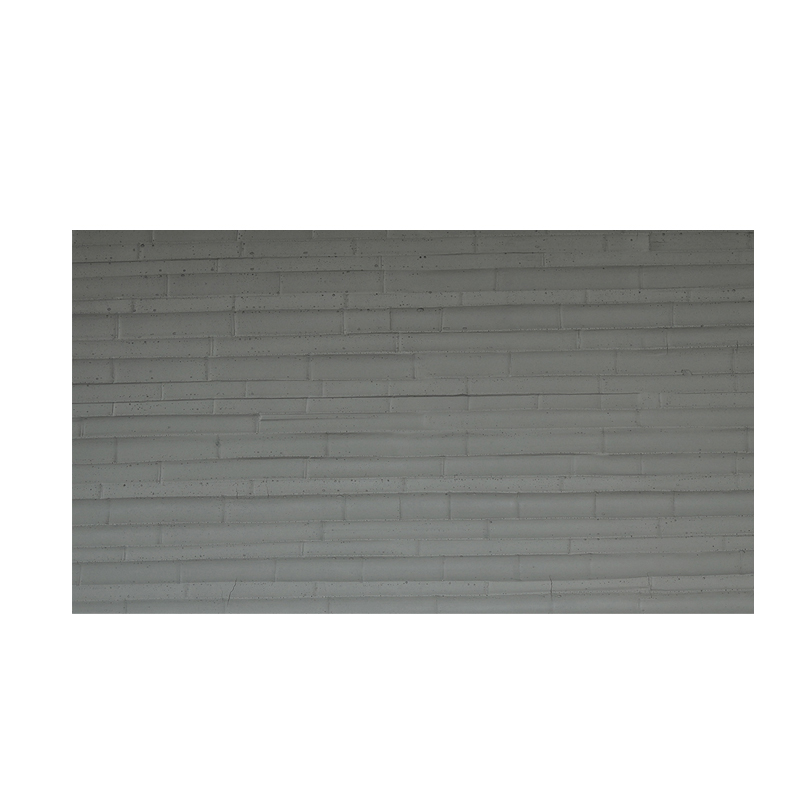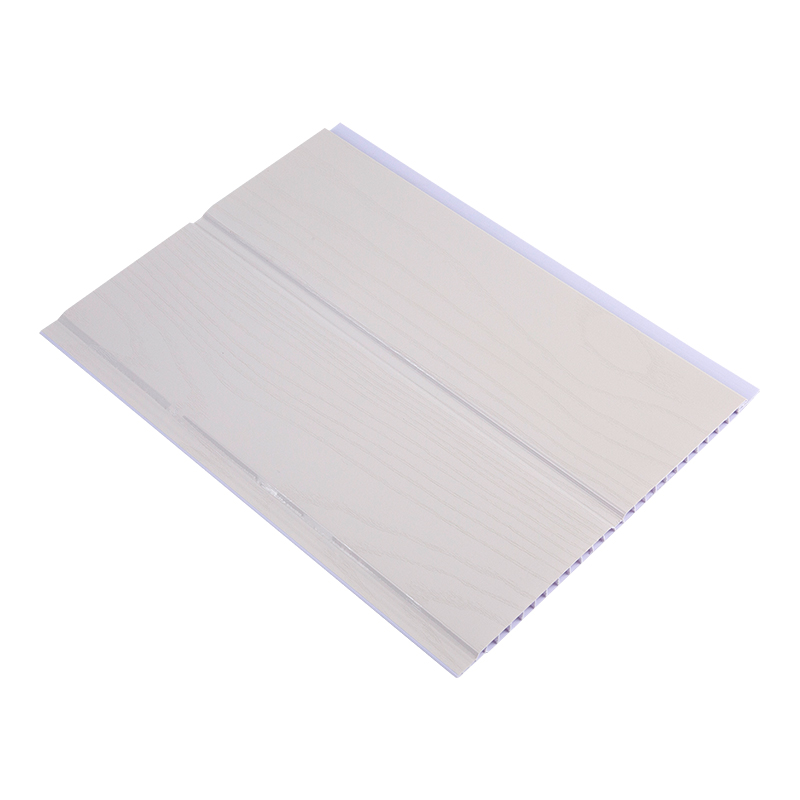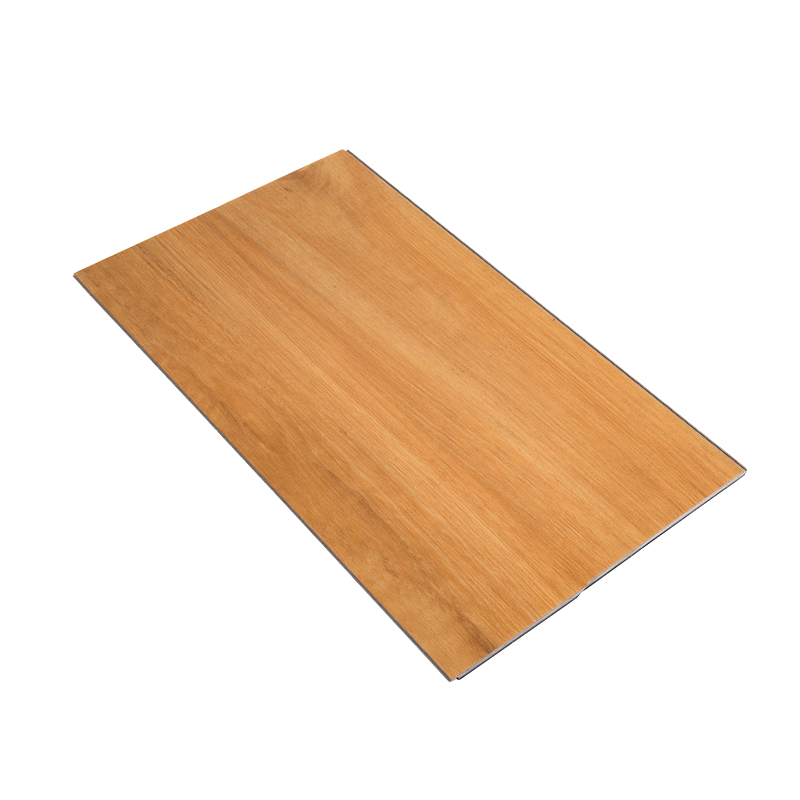+86-18367343973
- 1 What is Flex Stone Veneer and Why Choose It?
- 2 Best Applications for Flexible Stone Veneer Wall Coverings
- 3 How to Install Thin Stone Veneer Sheets Properly
- 4 Comparing Lightweight Stone Veneer Options for Your Project
- 5 Creative Design Ideas Using Bendable Stone Cladding
- 6 Cost Analysis of Flex Stone Veneer Panels vs. Traditional Materials
What is Flex Stone Veneer and Why Choose It?
Flex stone veneer is an innovative building material that combines the natural beauty of stone with unparalleled flexibility. Unlike traditional stone cladding, flex stone veneer can bend and curve to fit various surfaces, making it ideal for both interior and exterior applications. This material typically consists of real stone slices adhered to a flexible backing, providing the authentic look of stone without the weight or installation challenges.
Thin & Durable Nebula Stone Sheets - Flexible Natural Slate Veneer for Indoor/Outdoor YXCL-LSTW
The popularity of flex stone veneer panels has grown significantly in recent years due to several advantages:
- Lightweight nature reduces structural support requirements
- Easier installation compared to traditional stone
- Cost-effective alternative to full stone construction
- Wide variety of natural stone appearances available
- Suitable for curved walls and unconventional surfaces
When comparing flex stone veneer to traditional stone options, several key differences emerge:
| Feature | Flex Stone Veneer | Traditional Stone |
|---|---|---|
| Weight | Light (1-3 lbs/sq ft) | Heavy (15-25 lbs/sq ft) |
| Installation | Simple adhesive application | Requires mortar and skilled labor |
| Cost | $5-$15/sq ft | $15-$30/sq ft |
| Flexibility | Can bend around curves | Rigid, flat surfaces only |
Best Applications for Flexible Stone Veneer Wall Coverings
Interior Design Possibilities
Flexible stone veneer wall coverings have revolutionized interior design by providing architects and homeowners with creative options that were previously impossible with traditional stone. The material's versatility allows for stunning feature walls that can transform ordinary spaces into extraordinary environments. Common interior applications include:
- Accent walls in living rooms and bedrooms
- Kitchen backsplashes with natural stone appeal
- Fireplace surrounds that curve elegantly
- Bathroom features that resist moisture
- Commercial spaces requiring high-end finishes
Exterior Applications
The exterior use of flex stone veneer has grown particularly popular for home renovations and commercial buildings seeking to upgrade their facade without structural modifications. The material's weather resistance and UV stability make it suitable for:
- House front elevations and partial stone facades
- Column wraps and porch details
- Retaining wall faces and garden features
- Commercial building exteriors needing stone aesthetics
- Historical building restorations where weight is a concern
How to Install Thin Stone Veneer Sheets Properly
Surface Preparation
Proper installation begins with surface preparation, especially when working with thin stone veneer sheets. The substrate must be clean, dry, and structurally sound to ensure long-lasting adhesion. For exterior applications, proper waterproofing and drainage considerations must be addressed before installation begins.
Installation Process Step-by-Step
- Measure and plan the layout, accounting for any pattern variations
- Prepare the adhesive as specified by the manufacturer
- Apply adhesive to both the substrate and the back of the veneer
- Press the veneer firmly into place, maintaining consistent pressure
- Use spacers if needed for consistent grout lines
- Allow proper curing time before any additional work
Finishing and Maintenance
Once installed, thin stone veneer sheets require minimal maintenance. A quality sealer can enhance durability and stain resistance, particularly in high-moisture areas. Regular cleaning with mild detergent and soft brushing will maintain the natural stone appearance for years.
Comparing Lightweight Stone Veneer Options for Your Project
When selecting among various lightweight stone veneer options, several factors should influence your decision. The market offers different compositions and styles, each with unique characteristics that may suit specific applications better than others.
| Type | Material Composition | Best For | Durability |
|---|---|---|---|
| Natural Flex Veneer | Real stone slices on flexible backing | High-end authentic looks | Excellent (15+ years) |
| Manufactured Veneer | Composite materials with stone dust | Budget-conscious projects | Good (10-15 years) |
| Hybrid Systems | Combination of natural and synthetic | Balance of cost and quality | Very Good (12-20 years) |
Climate Considerations
The local climate should significantly influence your choice of lightweight stone veneer options. In freeze-thaw regions, materials with higher density and lower water absorption perform better. For hot climates, UV-resistant finishes prevent fading over time.
Creative Design Ideas Using Bendable Stone Cladding
Curved Wall Solutions
The unique properties of bendable stone cladding open up architectural possibilities that were previously challenging or impossible. Designers can now create flowing, organic shapes that incorporate natural stone textures, blending modern design with timeless materials.
Innovative Residential Applications
- Wave-like kitchen islands with stone surfaces
- Arched doorways with continuous stone treatment
- Curved shower enclosures with seamless stone walls
- Floating staircases with stone-clad undersides
- Custom furniture pieces with stone finishes
Commercial Design Innovations
Commercial spaces benefit from bendable stone cladding in numerous ways, particularly in creating distinctive brand identities through unique interior elements. Restaurants can feature curved stone bars, hotels can create dramatic lobby walls, and retail spaces can design memorable focal points that customers associate with their brand.
Cost Analysis of Flex Stone Veneer Panels vs. Traditional Materials
While the initial cost of flex stone veneer panels might seem higher than some alternatives, the total project cost often proves more economical when considering all factors. The reduced need for structural support, faster installation times, and lower labor requirements contribute to significant savings, especially on larger projects.
Long-Term Value Considerations
The durability and low maintenance requirements of quality flex stone veneer contribute to its long-term value proposition. Unlike painted surfaces that require regular refreshing or cheaper materials that degrade visibly, properly installed stone veneer maintains its appearance for decades with minimal upkeep.
Return on Investment
For residential applications, flex stone veneer panels typically offer excellent return on investment, particularly when used for curb appeal enhancements. Real estate professionals note that stone accents consistently rank among the most desirable exterior features for home buyers, often recouping a significant portion of their cost in increased home value.
